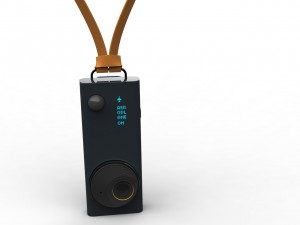Jakob Nielson is a well known and highly regarded expert in the world of interface/interaction design and human-computer interaction in general. He wrote a critique on Windows 8 shortly after its release which caused a lot of controversy in the net (try Google with “Nielson Windows 8”). Nielson heavily criticizes the way that Windows 8 tries to fuse desktop and mobile UI.
What’s interesting is that Nielson did empirical user studies with 12 experienced PC users. The findings that I find most relevant are these three:
- The double desktop (one traditional, one with big touchable tiles) is confusing since one has to switch between two worlds that work very differently (inconsistency).
- The flat Metro style, while visually pleasing, makes it hard to distinguish regular text from clickable links.
- Some of the new gestures that e.g. require the user to swipe from the outside of the touchpad into it are highly error-prone.
I recently got my own Windows 8 laptop and could experience “live” some of these concerns. Even now, I find it difficult to know whether I’m in the Metro world or in the traditional desktop world because with ALT+TAB you switch between all applications (of both worlds). Gesture interaction is a pain. Of course, Microsoft has the problem that it tries to introduce new interaction techniques for a huge range of actual hardware devices. That may be one reason why the resulting experience does not feel as optimized as in Apple products.
Nielson’s own summary is this:
Hidden features, reduced discoverability, cognitive overhead from dual environments, and reduced power from a single-window UI and low information density. Too bad.
If you want a balanced picture, read some of the counter arguments on the net. I do not link up any because I haven’t found anything substantial yet.
